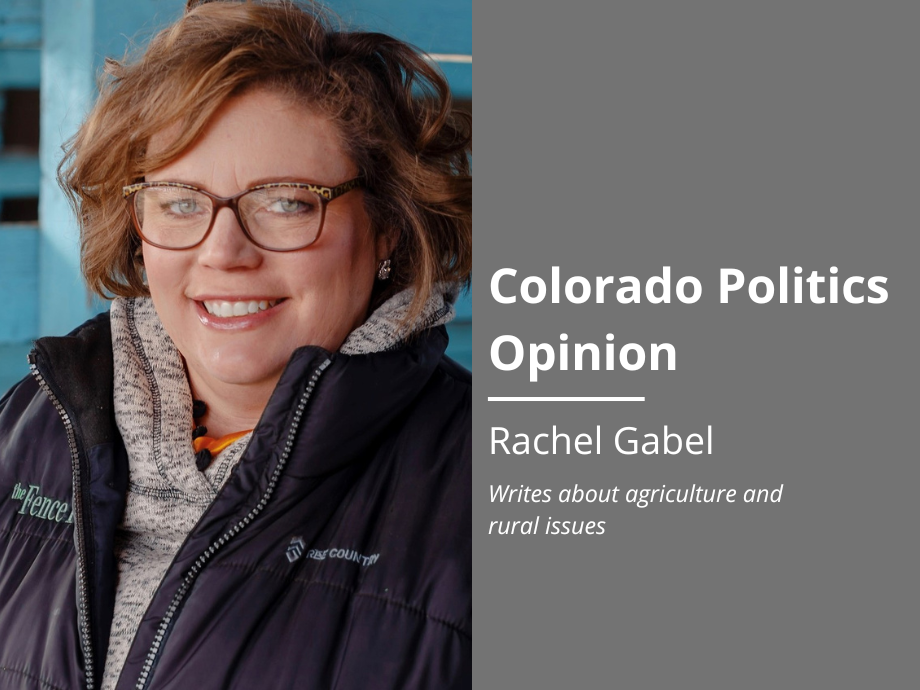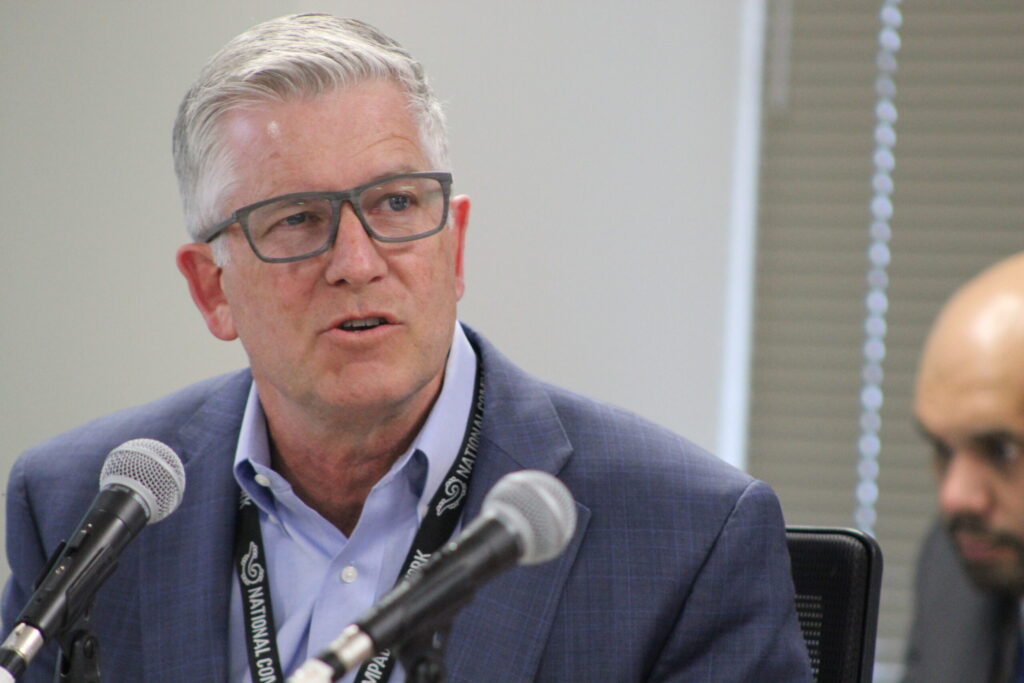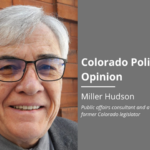A misguided mountain lion ballot initiative | GABEL


With Halloween approaching, I present to you a frightening tale.
In Colorado, proponents of a bad idea, no matter how ludicrous or misguided, can play by a short set of rules and put that bad idea before voters who are periodically swayed by misinformation. The bad idea can entirely sidestep any stakeholder engagement and input from experts present in the committee hearing process, which is given to proposed legislation. The bad idea need not be accurate, based in truth or science, or even good sense. The bad idea need not be penned by experts in the field or consider the hard-earned knowledge, data and wisdom of professionals. The bad idea need not be weighed against basic economic principles, and no regard need be given to the groups affected.
This is a particularly frightening tale for those in rural Colorado where populations are lower, and most ballot decisions are made by voters who are removed from the topic entirely, save for their exposure to marketing. No scary character holds a candle to a voter who is convinced one way or another by a campaign advertisement. It may not be a dark and stormy night, but this ought to scare the pants off any Coloradan with a basic understanding of economics and politics.
Stay up to speed: Sign-up for daily opinion in your inbox Monday-Friday
On the heels of the failed PAUSE Initiative and the narrowly passed wolf reintroduction debacle, anti-hunting groups are preparing to utilize the ballot-initiative proposal process to outlaw what they call “trophy hunting.” A portion of the first sentence, “…trophy hunting of mountain lions, bobcats, or lynx is inhumane, serves no socially acceptable or ecologically beneficial purpose, and fails to further public safety…” shines a bright light on the emotional pleas behind the initiative. I can only imagine the images and emotional pleas that will accompany the marketing of such a proposition to voters. Cue the Sarah McLachlan tunes, kids.
The final version currently reads: “THE VOTERS OF COLORADO FIND AND DECLARE THAT ANY TROPHY HUNTING OF MOUNTAIN LIONS, BOBCATS, OR LYNX IS INHUMANE, SERVES NO SOCIALLY ACCEPTABLE OR ECOLOGICALLY BENEFICIAL PURPOSE, AND FAILS TO FURTHER PUBLIC SAFETY. TROPHY HUNTING IS PRACTICED PRIMARILY FOR THE DISPLAY OF AN ANIMAL’S HEAD, FUR, OR OTHER BODY PARTS, RATHER THAN FOR UTILIZATION OF THE MEAT. MOREOVER, IT IS ALMOST ALWAYS CONDUCTED BY UNSPORTING MEANS, INCLUDING, BUT NOT LIMITED TO, USING PACKS OF DOGS WITH ELECTRONIC DEVICES TO PURSUE AND ENTRAP AFFECTED ANIMALS IN PLACES FROM WHICH THEY CANNOT ESCAPE IN ORDER TO ACHIEVE THE KILL. THEREFORE, IT IS APPROPRIATE AND NECESSARY TO BAN TROPHY HUNTING OF MOUNTAIN LIONS, BOBCATS, AND LYNX IN COLORADO.”
It also flies in the face of the principles that guide professional wildlife management via the North American Model of Wildlife Conservation. The last two of the seven interdependent principles that guide fish and wildlife agencies say, “Every person has an equal opportunity under the law to participate in hunting and fishing,” and “Scientific management is the proper means for wildlife conservation.”
In the most recent legislative session, a failed bill that would have prohibited mountain lion hunting was run by Boulder County’s Sen. Sonya Jaquez Lewis. It was killed in committee after outdoors enthusiasts, hunters, outfitters, and others spoke against this second round of ballot box biology. Now, with wolves quite literally at the door, rural Colorado is contending with yet another round of activist-driven actions to take wildlife management out of the hands of those who are qualified to manage wildlife.
If passed, mountain lions and bobcats would be removed from big game status and all management would be removed, livestock depredation and loss would not be compensated. Since 2019, there have been nearly 400 incidences of mountain lion food source damage reports submitted to the Colorado Parks and Wildlife. Notably, lynx is a federally protected species and are not hunted in the state. According to Colorado Parks and Wildlife, the total mountain lion harvest in 2021-22 was 486, which indicated a 19% success rate for hunters.
According to CPW, the management of mountain lions is consistent with state statute: “It is the policy of the state of Colorado that the wildlife and their environment are to be protected, preserved, enhanced and managed for the use, benefit, and enjoyment of the people of this state and its visitors. It is further declared to be the policy of this state that there shall be provided a comprehensive program designed to offer the greatest possible variety of wildlife-related recreational opportunity to the people of this state and its visitors…”
Carefully regulated mountain lion hunting is one form of “wildlife-related recreational opportunity” as mentioned in statute. State statute goes on to declare the “state shall utilize hunting, trapping, and fishing as the primary methods of effecting necessary wildlife harvests.” CPW said they cannot foresee a time when the lethal removal of mountain lions will be unnecessary. From time to time, ensuring public safety will require dangerous lions be removed, whether by agency staff/contractors, licensed and trained hunters, or both.
Rachel Gabel writes about agriculture and rural issues. She is assistant editor of The Fence Post Magazine, the region’s preeminent agriculture publication. Gabel is a daughter of the state’s oil and gas industry and a member of one of the state’s 12,000 cattle-raising families, and she has authored children’s books used in hundreds of classrooms to teach students about agriculture.













